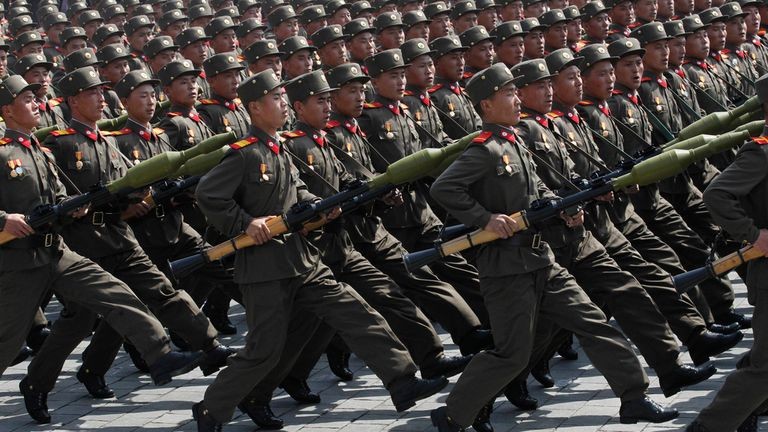
In a significant development in the ongoing Russia-Ukraine conflict, Ukrainian officials have reported that North Korean troops deployed to assist Russian forces have come under fire for the first time. This marks a new phase in the war, as it represents the first direct engagement between Ukrainian and North Korean forces.
Andrii Kovalenko, head of the counter-disinformation branch of Ukraine's Security Council, stated that North Korean troops in Russia's Kursk border region had been shelled by Ukrainian artillery. The Kursk region, which has been partially occupied by Ukrainian forces since August, is where Western intelligence expected North Korean soldiers to be deployed.
Ukraine's Defense Minister, Rustem Umerov, described the engagement as "small-scale" fighting, noting that North Korean soldiers are mixed with Russian troops and are difficult to identify due to misidentified uniforms. Umerov anticipates that approximately 15,000 North Korean soldiers, divided into five units of 3,000 each, will be deployed to the Kursk area.
The presence of North Korean troops in the conflict has raised concerns among Western governments. U.S. and South Korean intelligence assessments suggest that up to 12,000 North Korean combat troops are being sent to support Russia under an agreement between Moscow and Pyongyang.
This development comes at a time when Ukrainian forces are facing increasing pressure on the battlefield, particularly in the eastern Donetsk region. Russian forces have made recent advances, gaining up to 9 kilometers in some areas, according to the UK Defense Ministry.
The involvement of North Korean troops in the conflict represents a significant shift in European and Asian security relations. It marks the first time in generations that troops from East Asia are actively participating in a European conflict.
As the war approaches its 1,000-day milestone, the addition of North Korean forces to the Russian side could potentially alter the dynamics of the conflict. However, the fighting quality and battle experience of these troops remain unknown.
The situation continues to evolve, and further developments are expected as both Ukrainian and Russian forces adapt to this new element in the ongoing war.